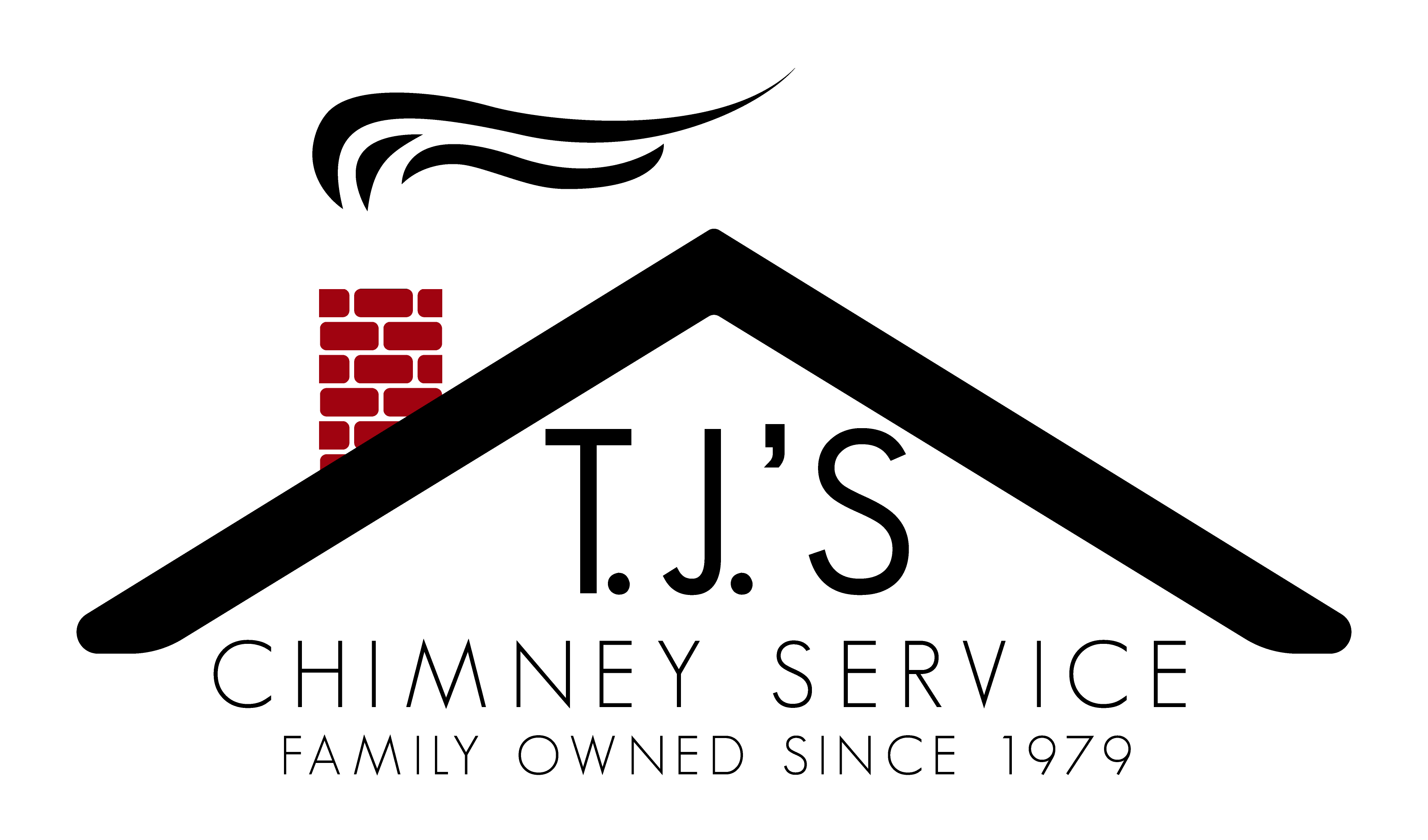Caps
4 Causes of Chimney Crown Cracks
When was the last time you inspected your chimney crown? If you’re like most homeowners, you probably haven’t given much thought to your chimney crown. However, if your chimney crown is cracked and not repaired, damage to your chimney from water and other outdoor elements can quickly escalate, costing you thousands of dollars in repairs.…
Read MoreChimney Caps Help Prevent Chimney & Yard Fires
Autumn is a beautiful time of year when the leaves change colors to brilliant yellows, oranges and reds. But those leaves eventually fall off the trees, piling up on roofs, yards and anywhere else they land. Autumn also is the time of year when people start using their fireplaces for warmth and maintaining the right…
Read MoreChimney Caps Keep Out Birds and Animals
Have you heard flapping or scratching sounds coming from your chimney? You may have a bird or animal trapped inside your chimney. Birds, bats, raccoons, squirrels, cats, snakes, barn owls, ducks and geese have all been known to fly, crawl, slither or fall down an open flue. And dealing with these birds and animals can be…
Read MoreTop 5 Causes of Chimney Leaks
With the rainy spring weather we’ve been having, have you heard or seen water dripping down your fireplace? Or, maybe you’ve seen a water spot on the ceiling or wall by your fireplace? These are warning signs of a possible chimney leak that can cause serious damage to your home. The top five reasons for a chimney leak…
Read MoreWater Damage and Chimney Repairs
With the sort of weather we have been having it might be time to have your chimney inspected for water damage inside and outside of your chimney. If a cap has been removed there could be moisture buildup inside your fireplace. Debris from leaves and animals may also start to negatively affect your fireplace. Spring…
Read MoreWhat is a chimney?
What is a fireplace? Most people would answer the question by pointing to their fireplace and saying, “Well, that’s it right there.” But that’s the simple response. In truth, your fireplace consists of several pieces working together. First you have the doors, which are usually glass but can also be metal. The doors close off…
Read MoreWho’s Capping Your Masonry Chimney?
Chimney caps are an important component in the maintenance of your fireplace and chimney. But with a masonry chimney, you need to weigh thebad with the good. Below are some reasons chimney caps are a necessity: A chimney cap keeps rain and subsequent moisture from building within your chimney. A chimney cap keeps critters, especially…
Read More
